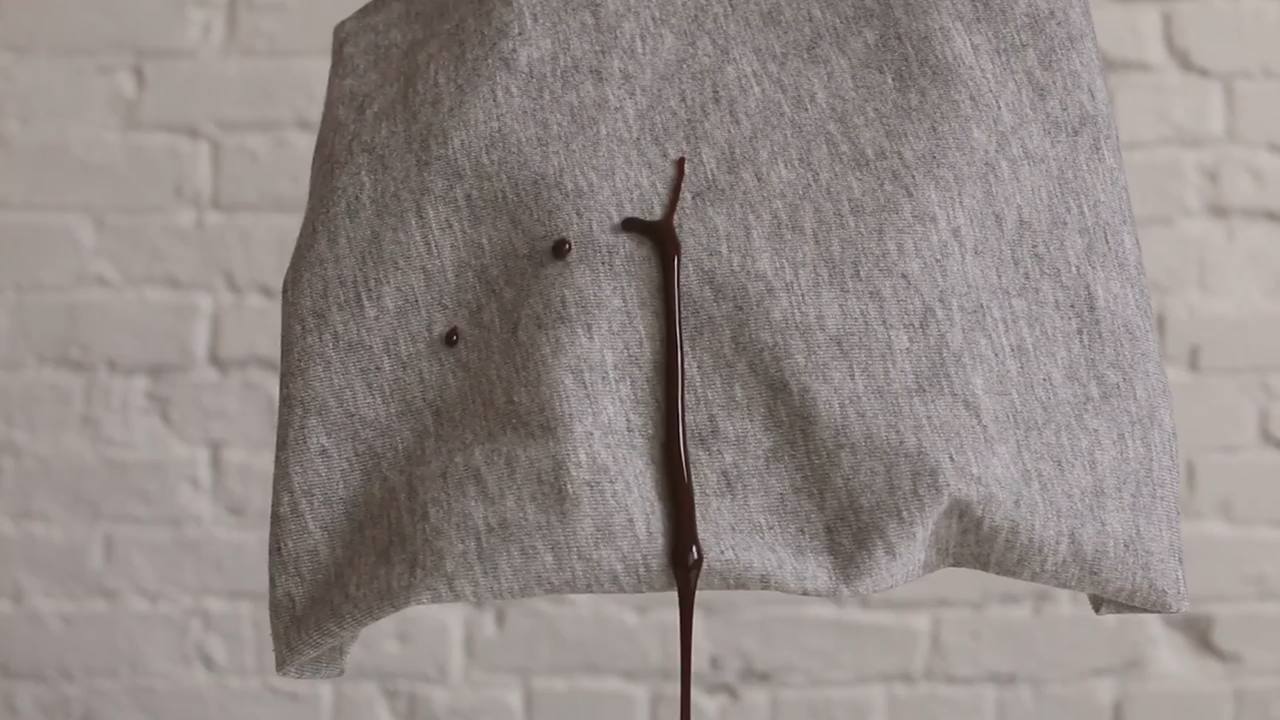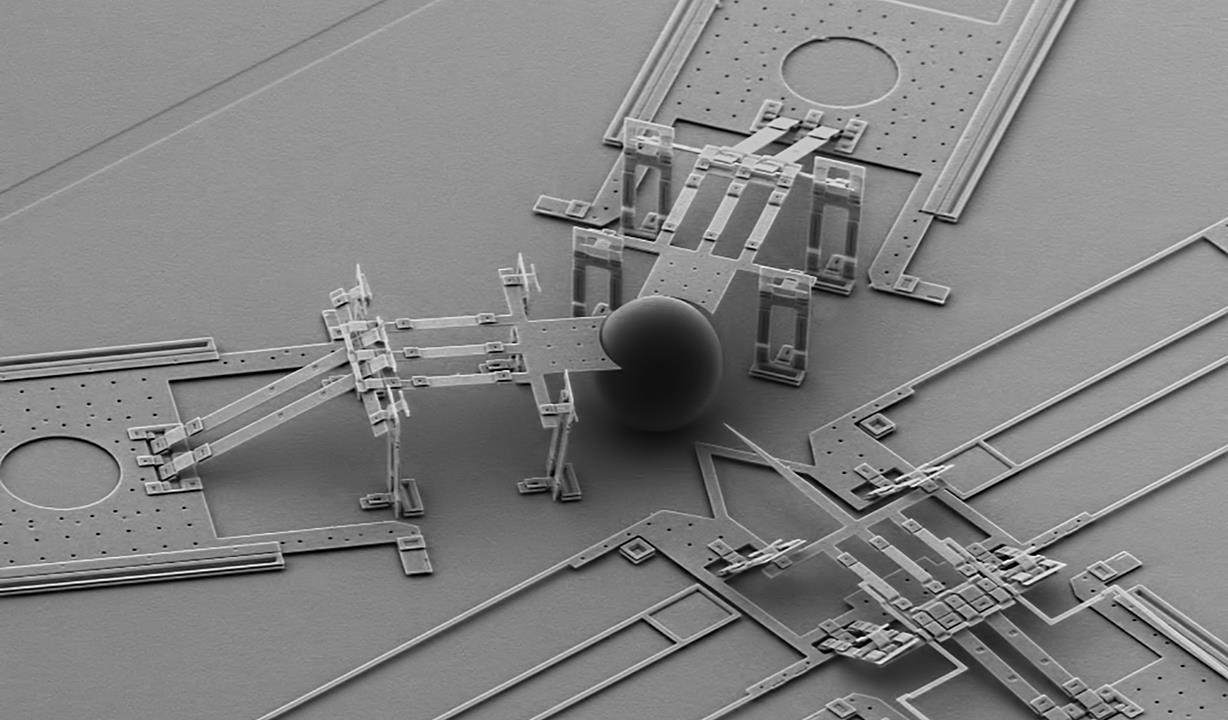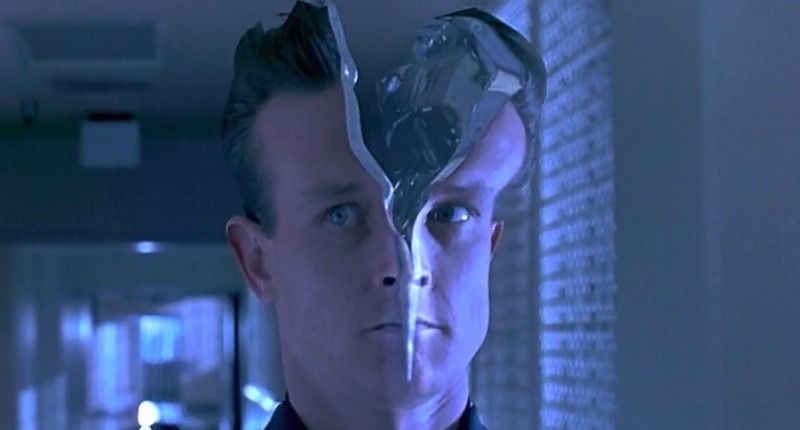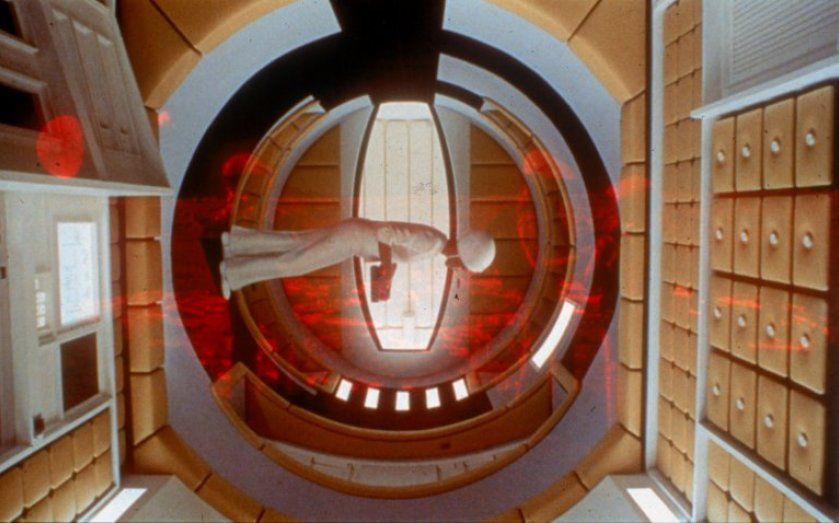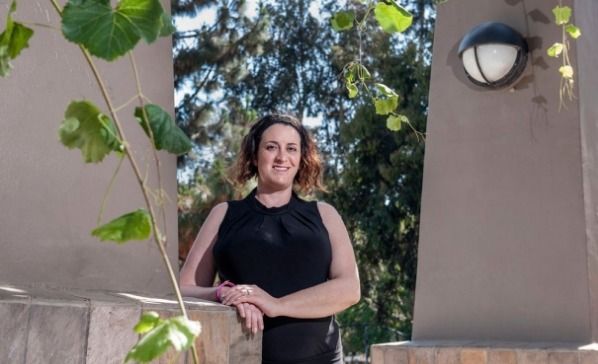Jun 6, 2016
Elon Musk: We Are Less Than Two Years From Complete Car Autonomy
Posted by Shailesh Prasad in categories: Elon Musk, robotics/AI, sustainability, transportation
Elon Musk is known for his optimistic deadlines, but this one is very aggressive.
The Tesla CEO spoke at the Code Conference on Wednesday night and predicted that we’re closer to self-driving cars than anybody thinks. “I think we are less than two years away from complete autonomy, safer than humans, but regulations should take at least another year,” Musk said.
While many auto and tech companies—from Google to Uber and GM to Lyft and Apple to Ford—are researching and testing autonomous vehicles, the Tesla seems on the verge of announcing that its Model 3 consumer sedan will have full self-driving capabilities.
Continue reading “Elon Musk: We Are Less Than Two Years From Complete Car Autonomy” »


